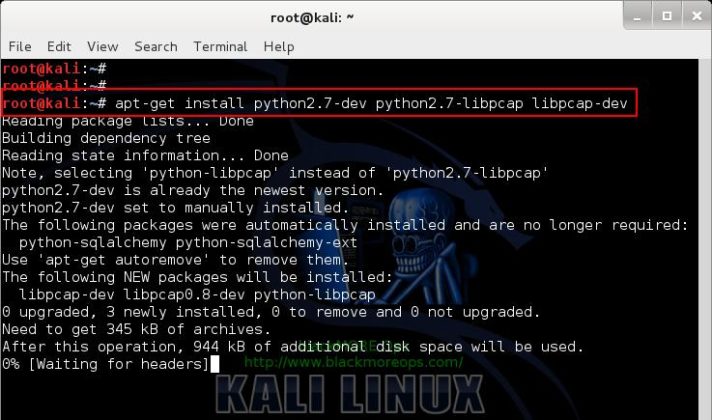

- #How to install cuda linux how to#
- #How to install cuda linux update#
- #How to install cuda linux archive#
- #How to install cuda linux software#
In this context, we shall look into how to install Cuda on a Linux Mint 20 system.
#How to install cuda linux software#
Here at LinuxAPT, as part of our Server Management Services, we regularly help our Customers to perform related Linux Mint system Software Installation queries. It allows your applications to use different types of GPUs very conveniently. sudo apt-get -o dpkg::Options::="-force-overwrite" install -fix-broken Verifying the installationĮxecuting dpkg -l | grep cuda will display an output similar to the one shown below, which verifies that the installation is complete.CUDA stands for Compute Unified Device Architecture and it is a platform designed for parallel computing. If so, execute the following command to force the installation and resume the installation. In some installations, the sudo apt-get -y install cuda command will return an error stating that some dependencies cannot be installed.

#How to install cuda linux update#
Installing from Debian repositoriesīefore installing CUDA on your Jetson Nano, make sure that you have completed the pre-install requisites found in this guide to ensure a smooth and hassle-free installation.Īfter completing the pre-install, execute the following commands to install the CUDA toolkit: wget sudo mv cuda-ubuntu1804.pin /etc/apt/preferences.d/cuda-repository-pin-600 wget sudo dpkg -i cuda-repo-ubuntu-local_11.0.2-450.51.05-1_b sudo apt-key add /var/cuda-repo-ubuntu-local/7fa2af80.pub sudo apt-get update sudo apt-get -y install cuda

When installing the JetPack SDK from the Nvidia SDK Manager, CUDA and its supporting libraries such as cuDNN, cuda-toolkit are automatically installed, and will be ready-to-use after the installation so it will not be necessary to install anything extra to get started with CUDA libraries. While installing from the CUDA repositories allow us to install the latest and greatest version to the date, the wise option would be to stick with either the JetPack SDK or the Debian repositories, where the most stable version of the framework is distributed. Installing from Debian (Ubuntu) repositories.To install CUDA toolkit on Jetson Nano (or any other Jetson board), there are two main methods: The flow diagram below indicates the typical program flow when executing a GPU-accelerated: When correctly installed, the CPU can invoke the CUDA functions on the GPU through CUDA framework and thus enables the parallel computing possibility. The framework supports highly popular machine learning frameworks such as Tensorflow, Caffe2, CNTK, Databricks, H2O.ai, Keras, MXNet, PyTorch, Theano, and Torch. Select the default options/install directories when prompted.
#How to install cuda linux archive#
Installing CUDA is actually a fairly simple process: Download the installation archive and unpack it. We’ll be installing CUDA Toolkit v7.5 for Ubuntu 14.04. CUDA is written primarily in C/C++ and there exist additional support for languages like Python and Fortran. The next step is to install the CUDA Toolkit. Nvidia calls this special framework that enables parallel computing on the GPU the CUDA ( Compute Unified Device Architecture). However, since the Jetson Nano is designed with special hardware, in order to make the best use of the hardware-accelerated parallel computing using the GPU, a special framework needs to be installed and thereby, machine learning programs can be written using the same. In terms of parallel processing, the Jetson Nano easily outperforms the Raspberry Pi series and pretty much any other Single Board Computers which typically only consist of a CPU with one or more cores and lacks a dedicated GPU. The Jetson nano can be used as a general purpose Linux-powered computer, which has advanced uses in machine learning inference and image processing, thanks to its GPU accelerated processor.


 0 kommentar(er)
0 kommentar(er)
